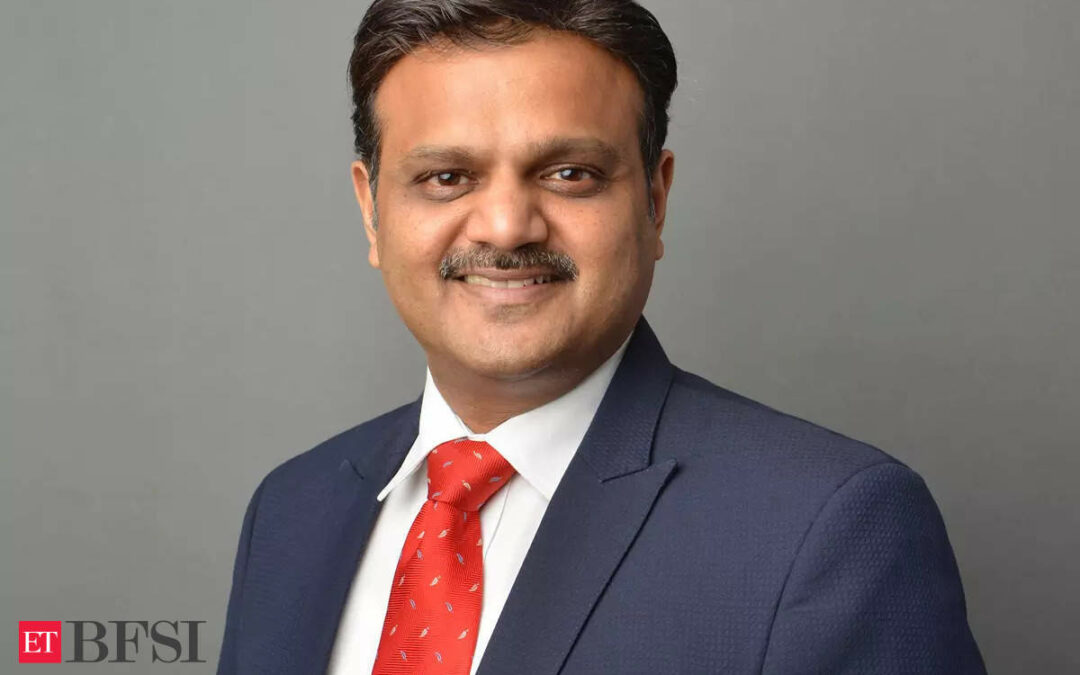“They still remain expensive relative to the market. The growth is still muted relative to the market and everybody is hoping, because they have done very well prior to 2020 and it is large part of people’s portfolio, they are hoping that they will start doing well,” says Anand Shah, ICICI Prudential AMC.
How would you approach staples, durables, given that we are in for a good monsoon, given that inflation is topping out, is there a trade coming back in that end of the market?
Anand Shah: So, again, staples, particularly all the consumer businesses were really frothy back in 2020 because nothing else was doing well and they were very-very richly priced to the point that somebody started saying that the valuation do not matter in these stocks. But to be very honest, over the last three years, four years, after the consolidation while the earnings have inched up, they have not done great, but they have inched up, the froth is much lesser today in those segments of the market than what it was in 2020.
Nevertheless, the challenges remain. They still remain expensive relative to the market. The growth is still muted relative to the market and everybody is hoping, because they have done very well prior to 2020 and it is large part of people’s portfolio, they are hoping that they will start doing well.
Coming to what can help the consumption as a whole and that is where we are of the big belief as the fund house that the way forward is urbanisation.
Today we have 65% of population living in rural India, 35% of people in urban India. It is very difficult to improve per capita income and consumption for somebody who still remains in the rural part because to take factories, to take jobs to the rural India will be very difficult.
It will be easier to bring jobs to the urban India and to that extent the focus of the government should be an ease today on building massive urban infrastructure, providing housing in the urban areas and helping manufacturing to add capacities in all parts of the country, but closer to the urban areas where then the migration can happen from rural India to urban India.
So, I think consumption for us still is away. We still focused on manufacturing, manufacturing allied businesses where clearly we are seeing focus of government as well as the tailwinds from the macro, geopolitics as well.
What is the strategy right now, do not do anything, just ride the wave and definitely do not put fresh money to work?
Anand Shah: The expectations have to really prune down. You had had a great four years. People have gotten used to making a lot of money very quickly, I think that is not sustainable. So, one, the expectations, people needs to increase the investment horizon because equity as an asset class will remain part of the portfolio, so one will have to look at their own asset allocation and to that extent one needs to be careful.
If you have too much of equity in your portfolio, you will have to reduce that, prune that slowly. Within the elements, I mean, you will also look back and saying, what is there in my portfolio? I have a portfolio of companies which are not growing earnings but they are richly priced, you will have to shift it to the right segments of the market also. So, some of the studies, some of the reallocation is required both within the asset class and between the asset class also.
We have all seen how the oil and gas pack, the refinery part has got re-rated, but upstream actually that was the neglected part. Now, a lot of policy nudge coming in for their oil and gas volumes need to be hiked, all of that. Would you look at upstream as well?
Anand Shah: So, we look at all parts. We have a team of analysts who look at all aspects of the economy and all parts of the economy. I agree, we are one of the large importers of energy, including oil, gas, and coal. And we have reserves and to that extent there is a strong need to invest and extract that today rather than keeping it under the ground and to that extent, yes, I will continue to look at upstream, downstream, refining, transportation of gas.
So, if you have to say where is value in this market? What is that one pocket?
Anand Shah: No, no, I am sure and we are more or less fully invested, that tells you that we are able to find ideas. We are still convinced on pockets of the market. One of the areas where we have been very-very clearly overweight is banks. Banks remain still reasonably priced. For large banks the pricing power is improving and the risks are very-very low today at least.
Generally, the risks in the bank increases once they start lending rapidly, that has not yet started. So, we will have some years before the risks start emerging in a big way. I mean, obviously there would be some NPAs every now and then, but the large risks on the banks will only post they lend aggressively and all credit to the regulator.
We are very proactive in addressing any risks that are there. The other area is manufacturing. Banks are big beneficiary also as manufacturing recovers, the past NPAs you are getting a buyers for them and you are also getting recoveries much more than what otherwise you would have got, manufacturing allied.
So, these are the areas, bank, manufacturing and manufacturing allied which includes power, the entire T&D space, generation, and to some extent logistics and cap goods and industrials.










